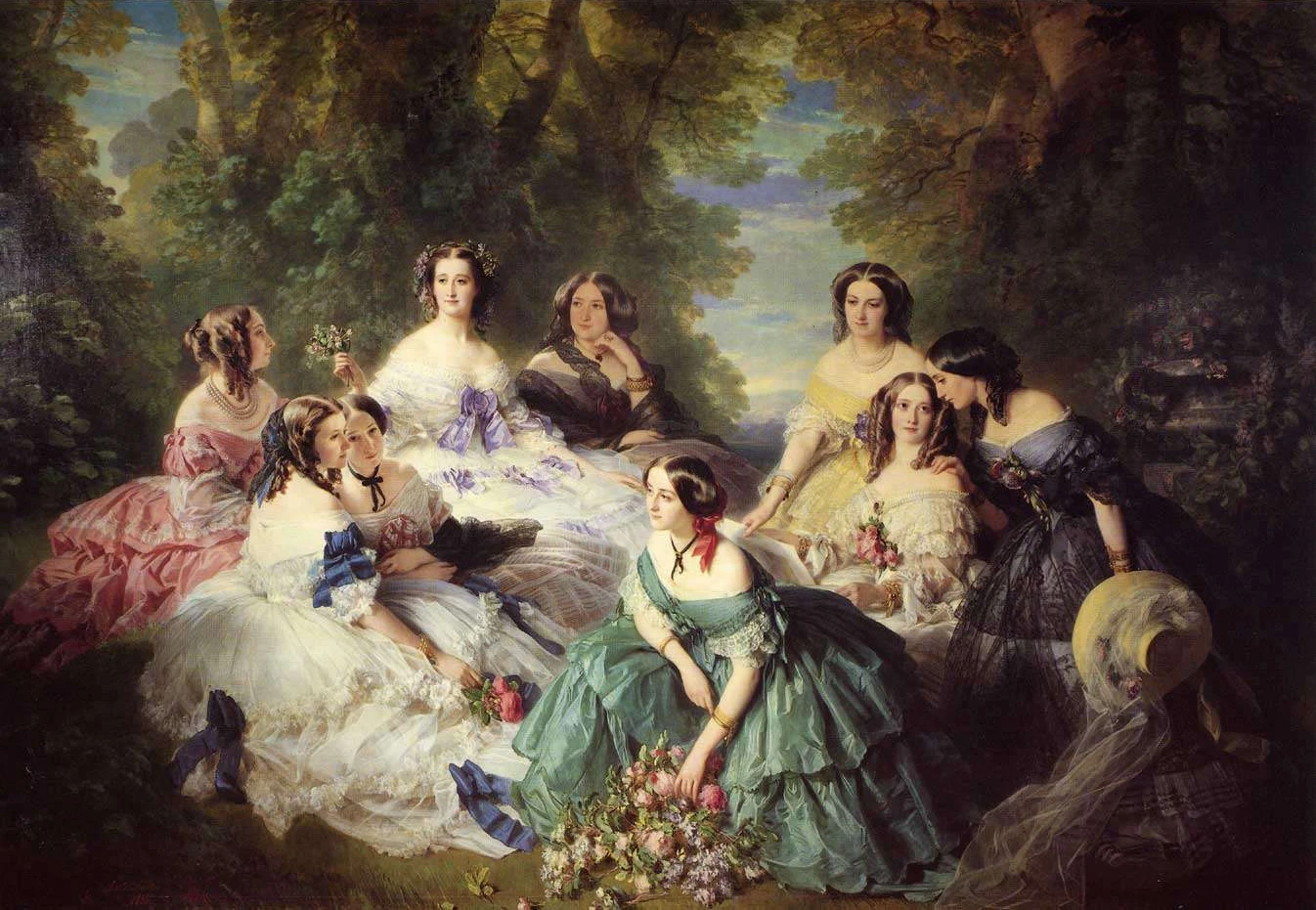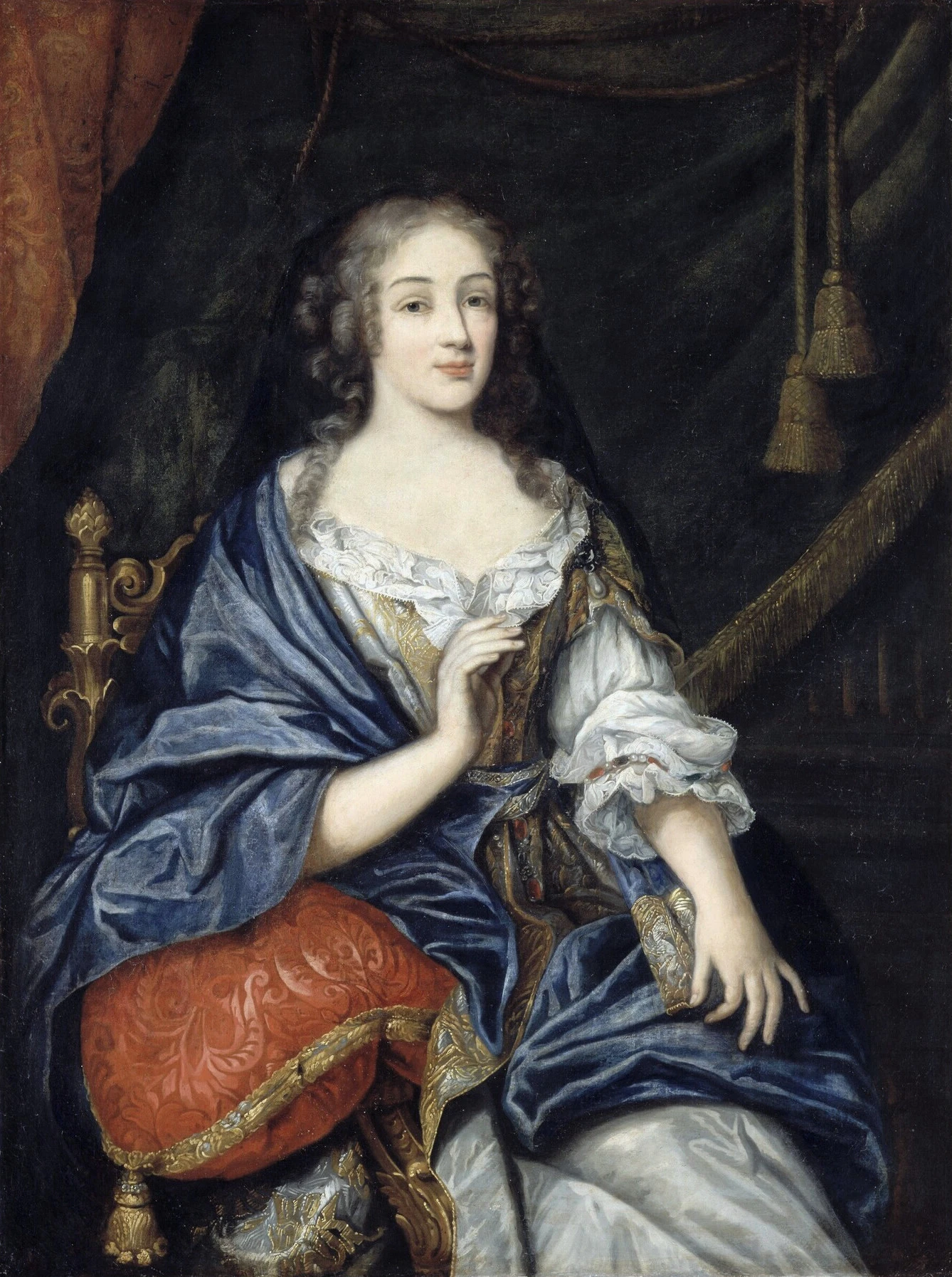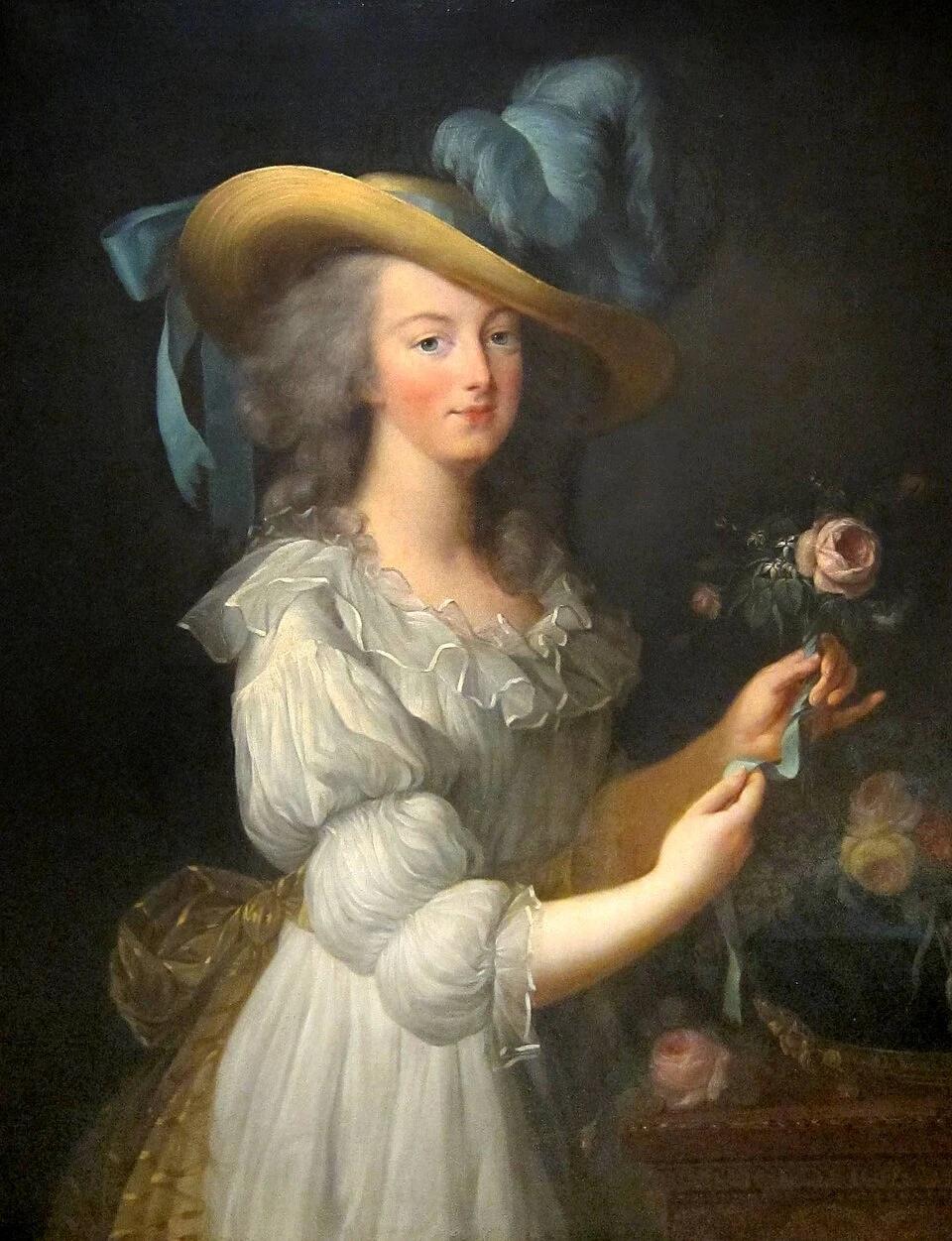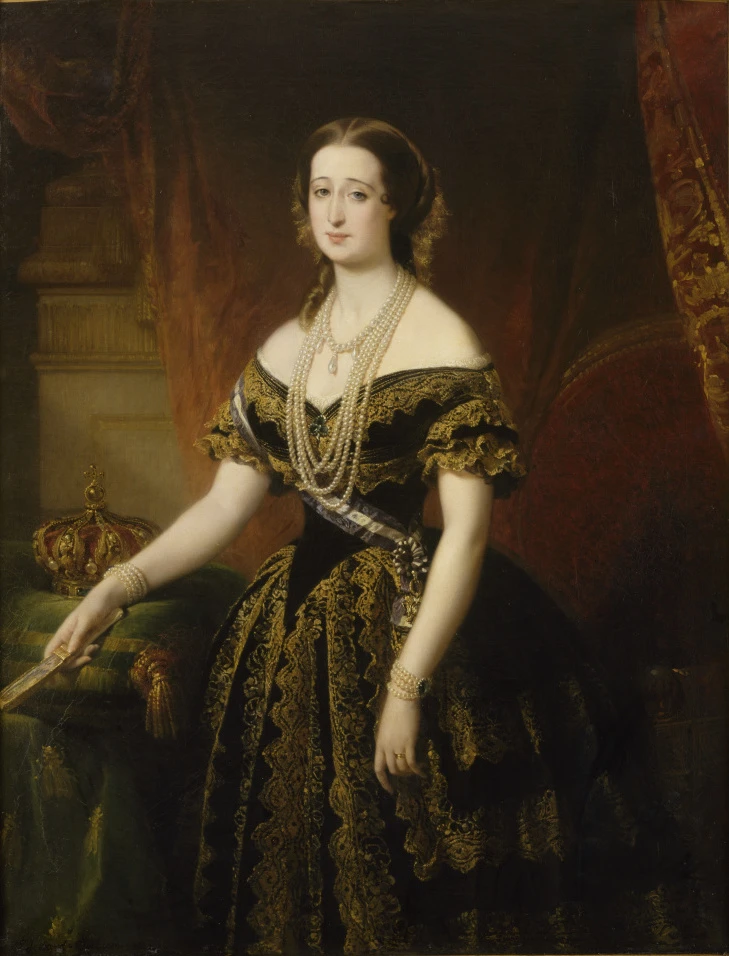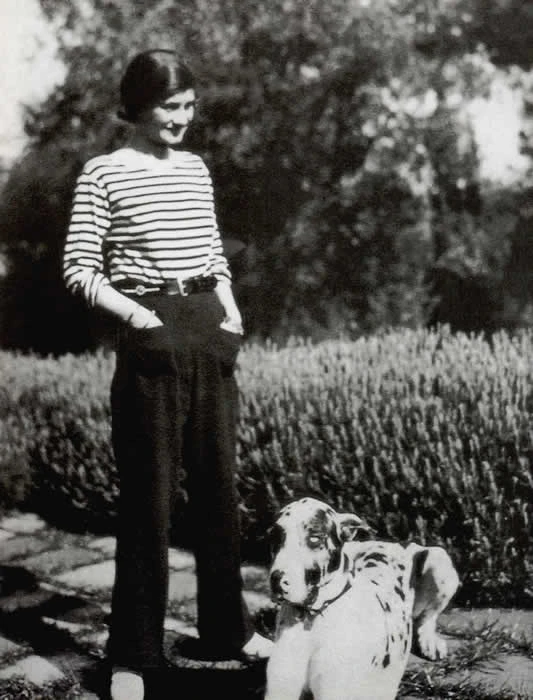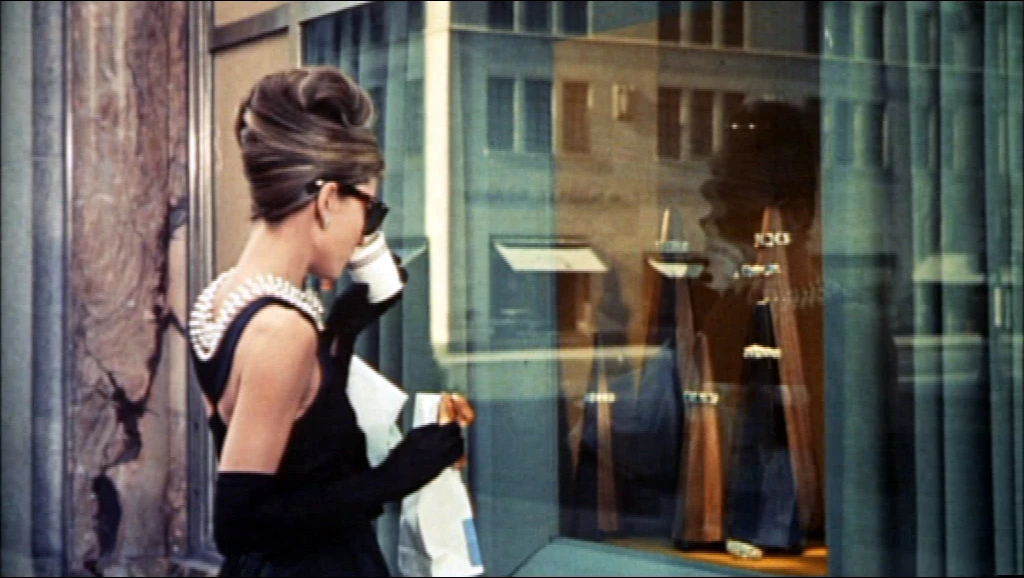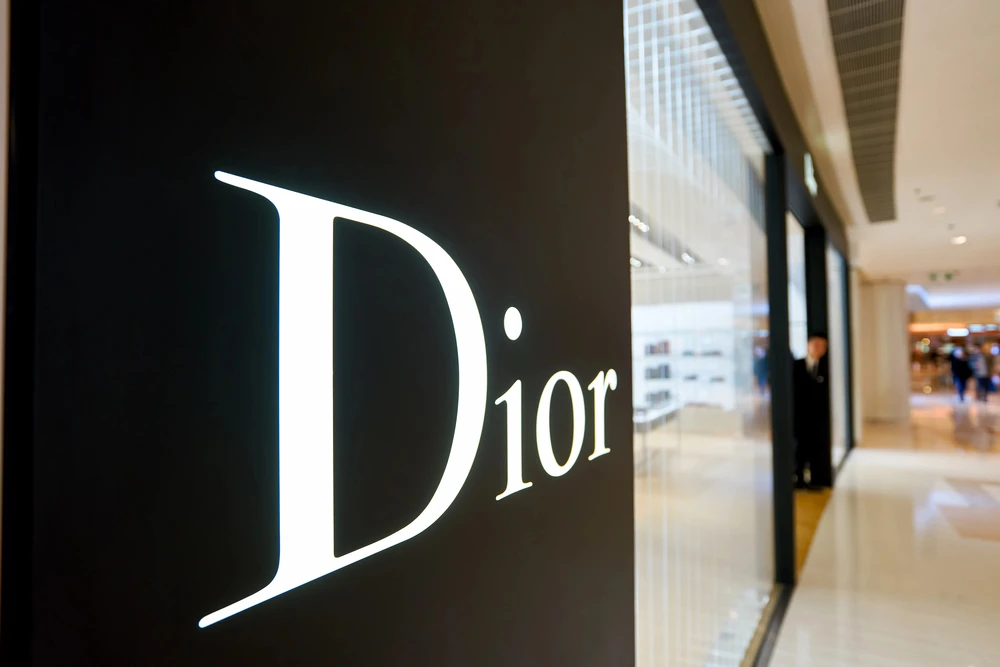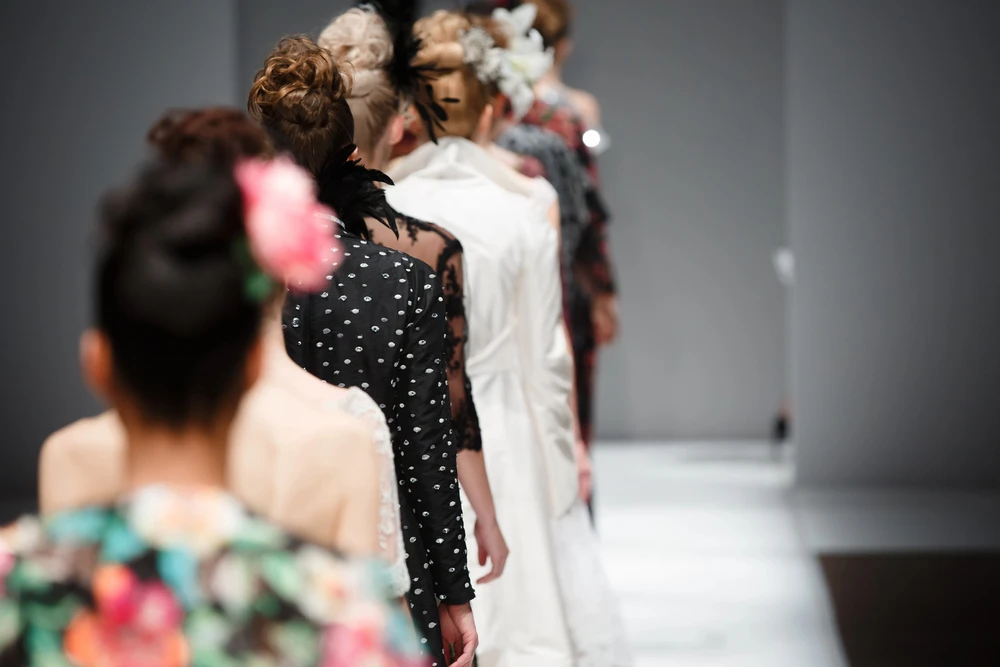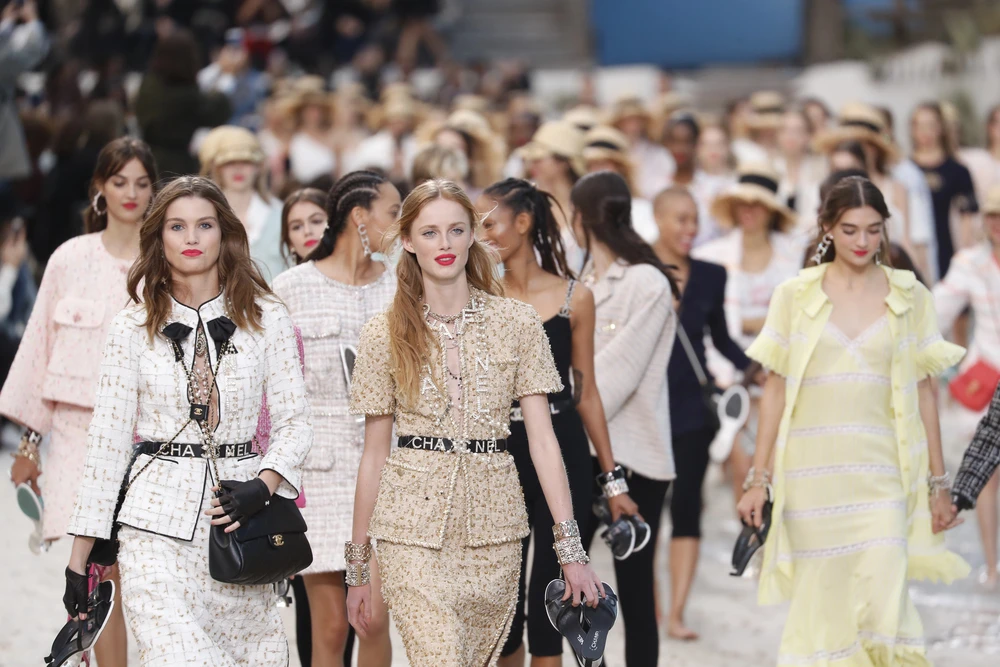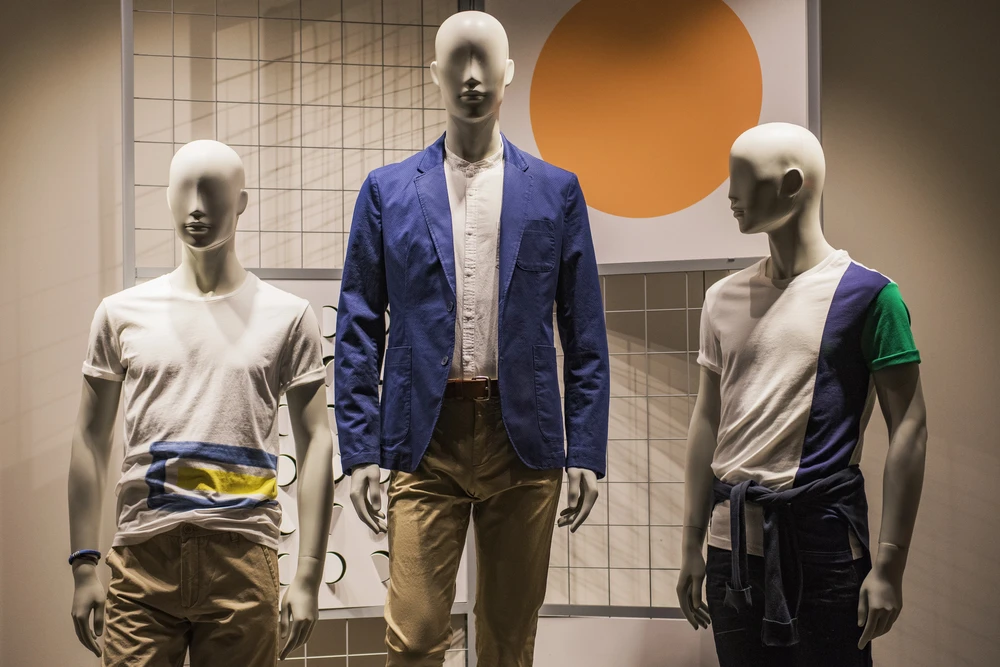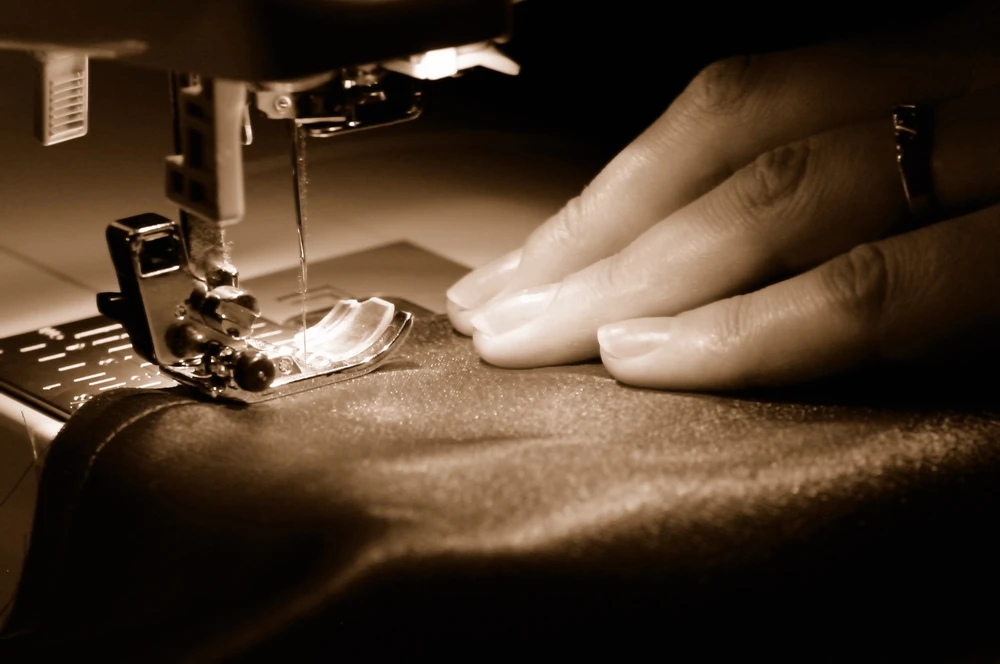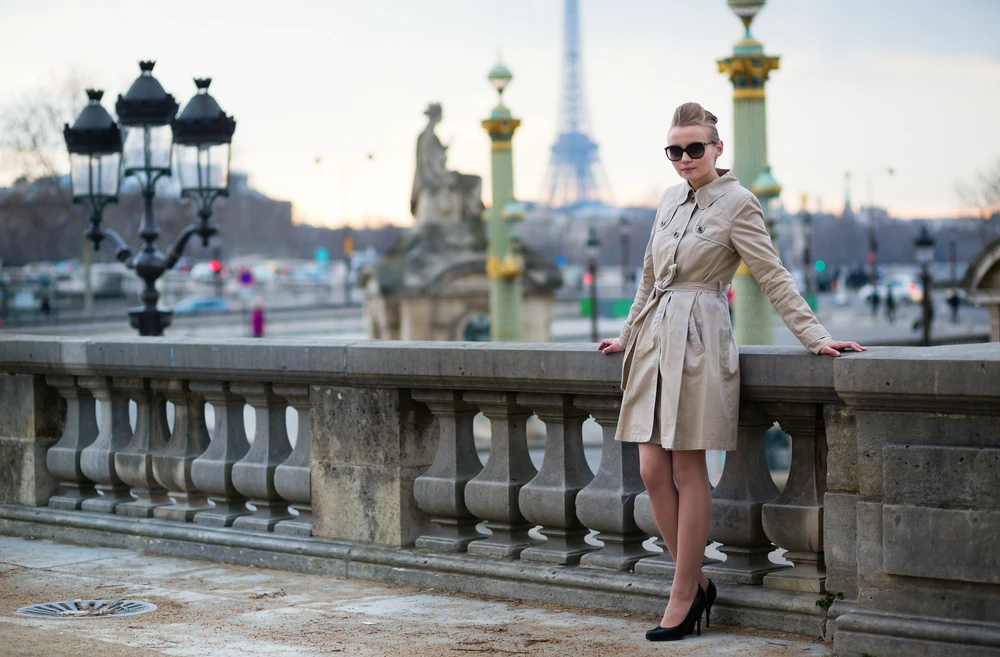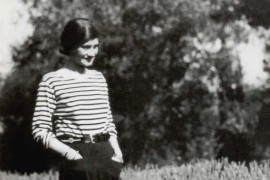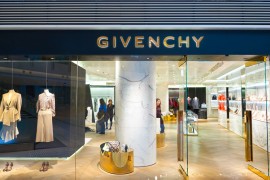Fashion: A centuries-old French tradition
In the 19th century, it was in Paris and only in Paris that fashion was decided. And it was Empress Eugénie de Montijo who set the tone / illustration chosen by Monsieur de France : painting by Franz Xaver Winterhalter - scan by User:Manfred Heyde, Domaine public, https://commons.wikimedia.org/w/index.php?curid=2653924
The court of Versailles: the empire of style
At the court of Versailles, Mademoiselle de Lavalière, royal mistress of Louis XIV imposed her style and gave birth to the Lavalière, a small ribbon tied widely around the neck / illustration chosen by Monsieur de France By Jean Nocret - http://forum.artinvestment.ru/blog.php?b=223905&langid=5, Domaine public, https://commons.wikimedia.org/w/index.php?curid=29522533
Although already in the Middle Ages the court of the kings of France set the tone, the history of French fashion finally takes root in the XVIIᵉ century, under the reign of Louis XIV. It has to be said, there couldn't be a more fashion-victim than the Sun King, who madesartorial pageantry an instrument of power and a symbol of royal prestige. He imposed dress codes on the court and supported the development of textile factories in Lyon, Reims and Tours to supply the nobility, who had to follow these codes and put their wealth into them to appear. Whoever does not appear is forgotten by the king and doomed to oblivion.
Presumed portrait of Rose Bertin by Élisabeth Vigée Le Brun - https://www.batguano.com/bertinsalenov14.pdf, Domaine public, https://commons.wikimedia.org/w/index.php?curid=44285735
A little later, at the end of the 18th century, appeared the first major female fashion figure: Rose Bertin, milliner to Marie-Antoinette. The first to sign her creations, she was even nicknamed "the minister of fashion". For the queen, she imagined spectacular gowns and extravagant hairstyles, which the queen commissioned her to wear at Versailles. The ladies of the court follow suit. It was also Rose Bertin who first came up with the idea of making collections for summer and others for winter. We no longer buy because we've worn out an outfit, but because it's fashionable. And that's totally new.
Marie Antoinette dressed in a simple muslin dress by Rose Bertin causes a scandal at the Paris Salon de la peinture / By After Élisabeth Vigée Le Brun - Personal work, AgnosticPreachersKid, January 30, 2011, Public domain, https://commons.wikimedia.org/w/index.php?curid=13199943
The XIXᵉ century: the birth of haute couture
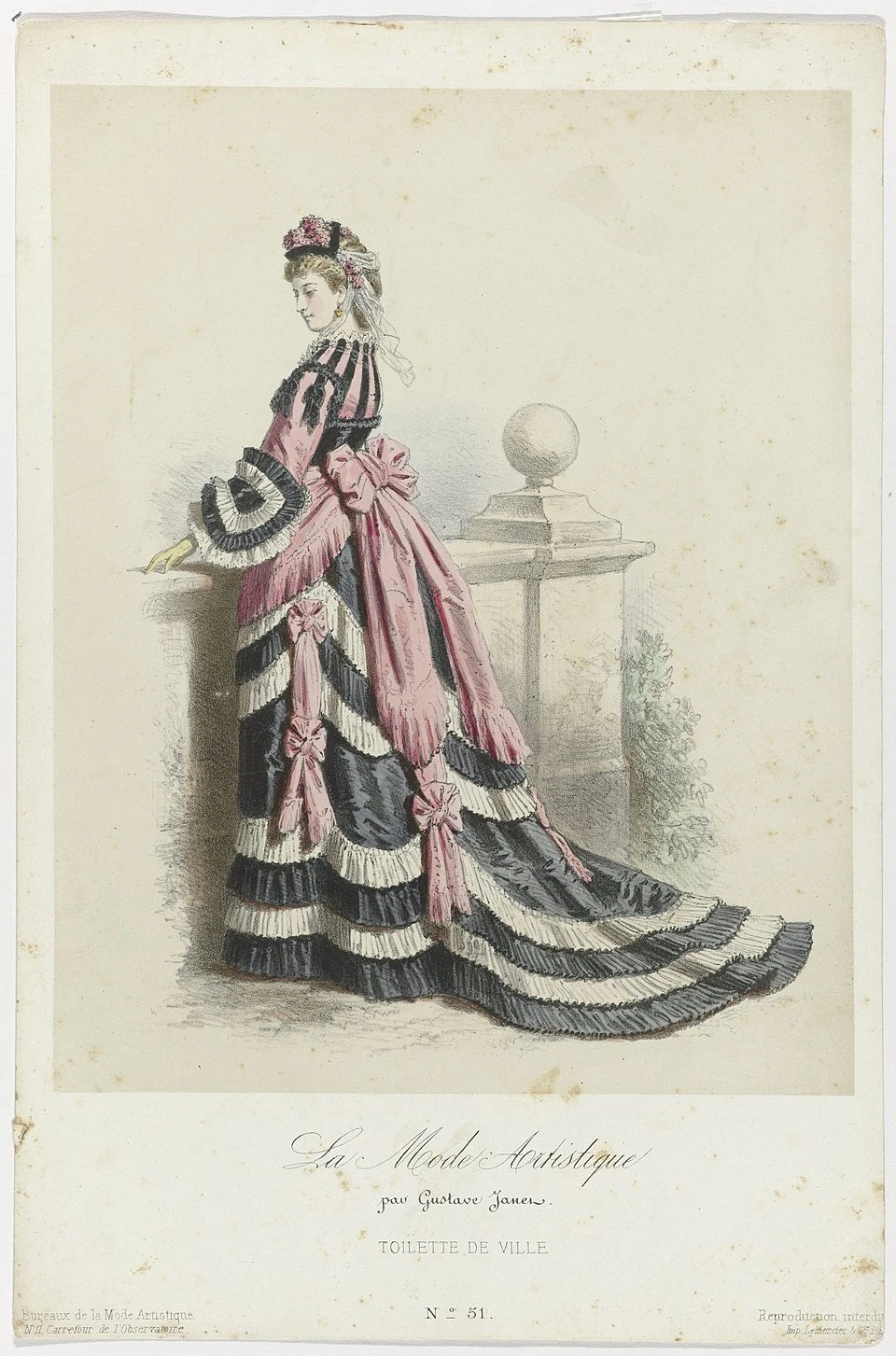
The 19th century saw the appearance of the first fashion catalogs in Paris / Illustration chosen by monsieurdefrance.com : Gustave Janet - http://hdl.handle.net/10934/RM0001.COLLECT.490817, CC0, https://commons.wikimedia.org/w/index.php?curid=85587295
It was in the XIXᵉ century that Paris became the world center of couture thanks to Charles Frederick Worth, an Englishman based in the capital. In 1858, he founded the first modern couture house, dressing Empress Eugenie, and inventing the first fashion shows with live mannequins. His wife, Marie Vernet is the first female model in history. She wears the outfits her husband makes to show them to customers. Worth also creates the principle of seasonal collections, still used today. Other couturiers mark this era: Jacques Doucet, Jeanne Lanvin (who founds the oldest house still in business), or Paul Poiret, who liberates women from the corset and introduces oriental forms into clothing. Fashion becomes a recognized art, and Paris its main theater. French manufacturers produce numerous outfits that are exported all over the world, often sold thanks to the very first catalogs featuring the outfits.
In the 19th century, Empress Eugenie set the fashion tone / By Édouard Louis Dubufe - Musée du Château de Versailles, Domaine public, https://commons.wikimedia.org/w/index.php?curid=6075632
Coco Chanel revolutionizes fashion and imposes her style
The XXᵉ century saw the emergence of a major figure: Gabrielle "Coco" Chanel. She single-handedly embodies the transformation of women's fashion. In 1913, she opened a boutique in Deauville, offering jersey garments, liberating the female body from the corset, and imposing a simple, practical yet elegant allure. Gone were the frills, we dressed much more simply. Chanel brought black, usually reserved for mourning, into fashion, with the creation of the petite robe noire. She also invented the feminine tweed suit, gold chains, the quilted shoulder bag, and above all the Chanel n°5 perfume. Her style, both timeless and daring, profoundly influenced fashion in the XXᵉ century and continues to inspire today's designers.
Gabrielle Chanel in a simple marinière in 1928
Dior, Givenchy, Saint Laurent: the post-war golden age
Audrey Hepburn dressed by Givenchy in front of the Tiffany & Co window, in the opening scene of Diamants sur canapé / Illustration chosen by monsieurdefrance.Com : By Trailer screenshot - Breakfast at Tiffany's trailer, Domaine public, https://commons.wikimedia.org/w/index.php?curid=16292840
After the Second World War, Christian Dior revived the French industry with his famous New Look (1947), characterized by a marked waistline, long skirts and rediscovered femininity. Its success was dazzling: it restored French couture's international prestige. Then comes Hubert de Givenchy, who embodies pure, uncluttered elegance. He dressed Audrey Hepburn, becoming her regular couturier, and created the iconic black dress for the film Breakfast at Tiffany's. Yves Saint Laurent, a former Dior assistant, further revolutionized fashion in the 1960s with daring creations: the smoking for women, the Mondrian dress, the saharienne. He paved the way for luxury ready-to-wear that gave more women access to haute creation.
From the 1980s to today: between luxury and renewal
The 1980s saw the emergence of iconic designers like Jean-Paul Gaultier, who provocatively blurred genres (corsets for Madonna, skirts for men), or Thierry Mugler, known for his futuristic, sculptural silhouettes. Christian Lacroix, meanwhile, revives baroque couture, brocades and bright colors. At the same time, foreign talents moved to Paris to head up historic houses: John Galliano at Dior, Alexander McQueen at Givenchy, or Hedi Slimane at Saint Laurent. Today, young names like Jacquemus, Marine Serre, Olivier Rousteing or Ludovic de Saint Sernin are ensuring the succession. They are shaking up codes, opening up to diversity, inclusivity and sustainability, while keeping Paris as a creative capital.
Paris, fashion capital of the world
Paris is still the stronghold of Fashion/ Photo chosen by Monsieurdefrance: depositphotos
Paris isn't just a historic place: it's the living epicenter of global fashion. Every year, the city hosts the prestigious Fashion Weeks: haute couture in January and July, ready-to-wear in March and September, menswear in June. These events bring together the biggest houses: Chanel, Dior, Saint Laurent, Balmain, Louis Vuitton, Céline, and dozens of emerging young designers.
A Chanel fashion show in Paris / Photo chosen by Monsieur de France: depositphotos
Fashion shows are held in symbolic locations: the Grand Palais, the Musée Rodin, the Invalides, the Louvre gardens. The Avenue Montaigne district, Rue du Faubourg Saint-Honoré and the Marais have become veritable laboratories of style. Paris is also home to some of the world's most influential luxury brands, prestigious fashion schools (IFM, ESMOD, Studio Berçot), exceptional ateliers, showrooms and concept stores.
French fashion: a colossal economic force
French fashion continues to export well/ Photo chosen by Monsieur de France: depositphoto
Fashion isn't just about image. It represents a major economic sector in France, one of the pillars of France's "soft power".
According to the latest figures :
-
The filière mode et luxe represents 615,600 direct and indirect jobs.
-
Total sales amount to 154 billion euros.
-
The sector's value added corresponds to 1.7% of national GDP.
-
Over 58% of garments produced in France are destined for export.
Major French groups such as LVMH, Kering, Chanel or Hermès are among the world's most powerful luxury conglomerates. They invest in training, innovation and craftsmanship, while ensuring the prestige of the French image internationally. As a result, the French luxury sector is one of the world's leading export industries, even ahead of the automotive and agri-food industries in some annual balance sheets.
4. The cultural influence of French fashion
French fashion doesn't just produce clothes: it actively participates in culture and national identity. It's an art of living, a heritage, a message. The Ministry of Culture considers fashion a living intangible heritage. Numerous exhibitions celebrate couturiers such as Yves Saint Laurent, Jean-Paul Gaultier, Alaïa or Dior in venues such as the Palais Galliera, the Musée des Arts Décoratifs, or the Fondation Louis Vuitton. Recently, one of them is enjoying success in the Louvre itself.
There are many artisans involved in making haute couture outfits, and this is one of the things that makes French fashion so famous and luxurious / Photo chosen by monsieurdefrance.com: depositphotos
The crafts associated with fashion - embroidery, featherwork, lace, leatherwork - play a major part in the success of French Fashion. Rich in know-how often unique in the world, they are enhanced by the "Entreprise du Patrimoine Vivant" label. They are at the heart of haute couture and make French luxury unique. In fact, for France, fashion is a cultural vector as powerful as gastronomy, tourism or architecture.
French taste in elegance - as seen by foreign vlogs
What strikes many visitors is the attention French women - and increasingly French men - pay to their appearance, even in everyday life. In several English-language vlogs filmed on the streets of Paris, videographers express their admiration for this "effortless" but still polished style. In "The French Style Rules That Changed My Style Forever", one influencer notes how French women rely on classic, well-cut pieces, prioritizing quality over quantity. She evokes recurring elements: trench coats, cashmere sweaters, raw denim, simple yet elegant accessories. In another video "6 Parisian Style Secrets of well-dressed women", the designer points out that Parisian women always look ready to go out, without falling into overkill. French elegance is said to be based on moderation, good taste and self-confidence, more than on brands or trends. We also learn that the image of French women abroad is often one of discreet chic, of femininity assumed but never outrageous - which reinforces France's stylistic aura in the international imagination.
Being the country of fashion isn't just a slogan: it's a historical, cultural and economic reality. France shaped clothing, invented haute couture, and gave the world mythical figures like Chanel, Dior, Saint Laurent, Gaultier or Jacquemus. Paris remains the beating heart of world creation, between tradition and innovation. Fashion here is an art, an industry, a passion shared by an entire society. The French, proud of their style, contribute themselves to maintaining this image of refinement that fascinates the whole world. This unique blend of savoir-faire, beauty, rigor and lightness makes France the country of fashion par excellence - yesterday, today, and no doubt tomorrow.
Mes sources
- Wikipedia (articles on Coco Chanel, Dior, Worth, YSL, etc. )
- Ministère de l'Économie - Filière Mode et Luxe
- FashionUnited - Fashion industry statistics
- Ministère de la Culture - Valorisation du patrimoine immatériel
- YouTube : The French Style Rules That Changed My Style Forever
- YouTube : 6 Parisian Style Secrets of well-dressed women
Cover photo: depositphotos

